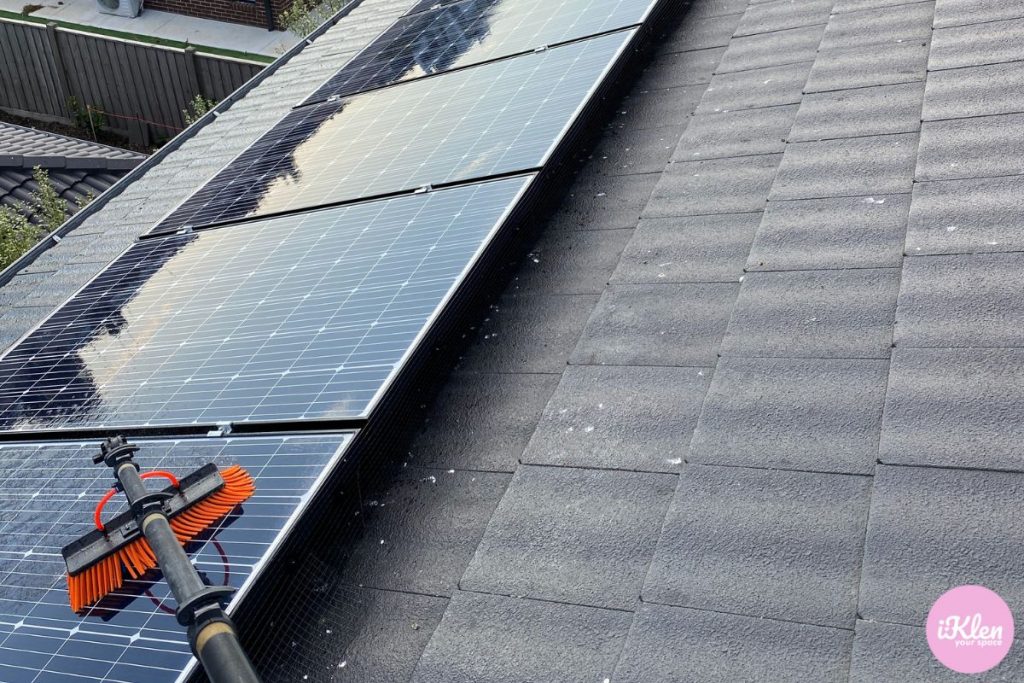
The rapid adoption of solar panels as a clean energy solution across Australia has led to increased interest in their maintenance. Among the crucial questions, one stands out: how often should you clean solar panels? This guide provides insights into determining the right cleaning frequency, considering various factors that impact efficiency and long-term savings.
How To Work Out How Frequently You Should Clean Your Panels:
Regional Climate and Environmental Factors:
Australia’s diverse climate zones play a significant role in the accumulation of dirt and debris on solar panels. Coastal regions face salt deposition, arid areas experience dust buildup, and tropical regions encounter a mix of humidity and grime. Understanding your region’s specific challenges is key to setting an appropriate cleaning schedule.
Mounting Angles and Panel Orientation:
The angle at which your solar panels are mounted can affect how debris accumulates. Steeper angles may allow some debris to slide off with rain, while flatter angles can trap debris. Consider how your panels are mounted when deciding on cleaning intervals.
Environmental Factors and Nearby Activity:
Proximity to construction sites, industrial areas, or dense vegetation can lead to increased debris accumulation. If your location is exposed to such factors, more frequent cleaning may be necessary.
Energy Loss vs. Cleaning Costs:
Balancing the potential energy loss from dirty panels against the costs of cleaning is crucial. Regular cleaning can improve efficiency, but overcleaning might not yield substantial benefits in terms of energy production.
Determining Cleaning Intervals for Solar Panels:
Tropical and Northern Regions:
In areas with high temperatures and humidity, such as Queensland and the Northern Territory, cleaning every 6-8 months is advisable. This frequency balances efficiency with maintenance costs.
Coastal Regions:
Coastal areas like New South Wales and Western Australia are prone to salt deposition. Cleaning solar panels every 9-12 months can prevent corrosion and ensure consistent energy output.
Arid and Dusty Regions:
For arid regions like South Australia and Western Australia, cleaning once a year or every 12-18 months helps prevent significant energy loss due to dust accumulation.
Temperate and Southern Regions:
In milder climates like Victoria and Tasmania, solar panels can be cleaned every 18-24 months without notable efficiency decline.

Choosing the Right Cleaning Approach:
DIY Cleaning:
DIY cleaning is a cost-effective approach, but ensure you follow safety guidelines, use appropriate tools, and choose the right time of day to prevent thermal stress.
See our article on What Equipment You Need to Clean Solar Panels
Professional Cleaning:
If your panels are difficult to access or the cleaning task seems daunting, consider hiring professionals. They have the expertise and equipment to clean effectively while minimising potential damage.
See our professional Solar Panel Cleaning Services here
Long-Term Benefits of Regularly Cleaning Solar Panels:
Maximised Energy Production:
Regular cleaning ensures optimal sunlight absorption, translating to consistent energy generation and savings on your energy bill.
Extended Panel Lifespan:
Preventing dirt buildup and corrosion and anodisation through regular cleaning can prolong the lifespan of your solar panels, safeguarding your investment.
The question of how often you should clean solar panels comes down to a strategic balance between energy efficiency and maintenance costs. By understanding the unique challenges posed by your region’s climate and other environmental factors, you can tailor your cleaning intervals accordingly. Regular maintenance not only optimises energy production but also extends the life of your solar panels, contributing to a greener and more sustainable future. Whether you choose to clean them yourself or seek professional help, remember that well-maintained panels are the cornerstone of effective solar energy utilisation.
